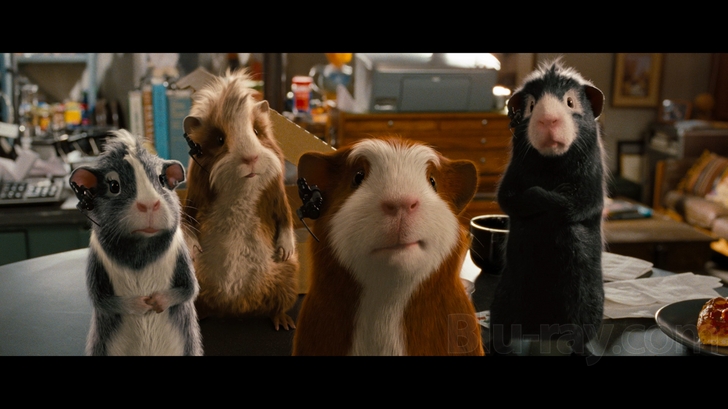
Thus, there is an unmet need to identify disease-modifying treatments for OA. Current treatment options are limited to pain management, physical therapy, and end-stage surgery. By year 2030, OA is predicted to affect one in four adults in the United States becoming the major cause of morbidity among individuals over 40 years of age (Hootman & Helmick, 2006). In the context of aging, the number of OA patients is predicted to increase as the proportion of elderly increases in the population. OA is a degenerative disease with complex etiology, that results from age-related cartilage degeneration and may also be associated with obesity (Mooney et al., 2011) and traumatic events such as sport-related injuries (Englund, 2010 Roos et al., 1998). Aging is a major risk factor for OA, and OA is a leading cause of disability in the elderly (Murray et al., 2012 Vos et al., 2012). Osteoarthritis (OA) is a chronic, degenerative joint disease characterized by severe pain associated with cartilage degeneration and joint inflammation (Martel-Pelletier et al., 2016). This work suggests that NMR is a useful model to study OA resistance and NMR high molecular weight HA may hold therapeutic potential for OA treatment. Our study shows that NMRs are remarkably resistant to OA, and this resistance is likely conferred by high molecular weight HA. While similarly treated mice developed severe cartilage degeneration, NMRs did not show any signs of OA. In vivo experiments using an injury-induced model of OA revealed that NMRs were highly resistant to OA. Furthermore, NMR chondrocytes were highly resistant to traumatic damage. Our analysis of biomechanical properties of NMR cartilage revealed that it is significantly stiffer than mouse cartilage. As increased polymer length is known to result in stiffer material, we hypothesized that NMR high molecular weight HA contributes to stiffer cartilage. Importantly, both HA molecular weight and cartilage stiffness decline with age and progression of OA. HA is a major component of cartilage and synovial fluid. NMR tissues accumulate large quantities of unique, very high molecular weight, hyaluronan (HA). NMR is a small rodent with the maximum lifespan of over 30 years, resistant to a wide range of age-related diseases. Here, we investigated the naked mole-rat (NMR) as a potential model of OA resistance. Innovative approaches and animal models are needed to develop curative treatments for OA. Current treatments for OA are limited to palliation: pain management and surgery for end-stage disease. This study provides insight into the differences in bite force across species, and the significant role that social and ecological factors might play in the evolutionary relationship between bite force performance and underlying anatomical structures.Osteoarthritis (OA) is the most prevalent disabling disease, affecting quality of life and contributing to morbidity, particularly during aging. These results supported the hypothesis that the naked mole-rat’s bite force would exceed predictions based on body size due to the behavioral importance and specialization of the naked mole-rat incisors.

In comparing bite force with available data from previous studies across 82 additional mammalian species, subordinate naked mole-rats exhibited a bite force that was 65% higher than predicted for their body size, comparable to Tasmanian devils and exceeding bite force values for all of the carnivorans included for comparison. Maximum bite force was significantly influenced by caste.

Our results showed that bite force was correlated with body mass in subordinate but not in dominant naked mole-rats, and that subordinate animals exhibited a shorter latency in producing their first bite. Each animal was permitted to freely interact with a piezo-resistive bite force sensor. In the current study, we assessed adult naked mole-rat maximum bite force in relation to body mass, in addition to considering each animal’s position within the eusocial hierarchy (i.e., dominant versus subordinate). However, no studies to date have directly measured bite force in this species or analyzed the relationship between bite force and social caste. Previous studies have shown that naked mole-rats have morphological and anatomical adaptations that predict strong bite forces, namely, skulls that are relatively tall and wide, in addition to impressive masticatory musculature.

Naked mole-rats (Heterocephalus glaber) are subterranean rodents that utilize their incisors for feeding, chisel-tooth digging of complex tunnel systems, social interactions, and defense in their eusocial colony structure.


 0 kommentar(er)
0 kommentar(er)
